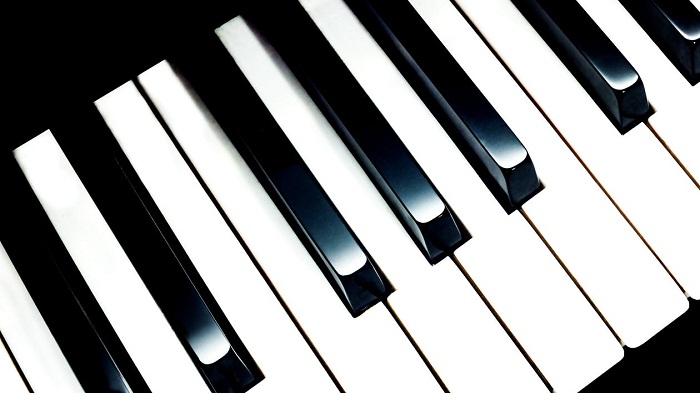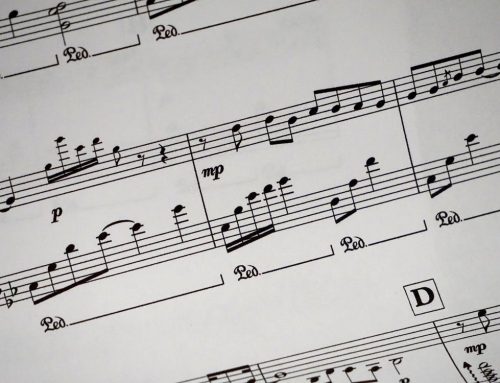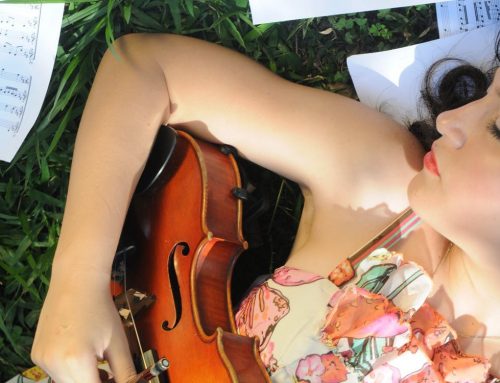Welcome back to the second part of our sheet music tutorial! Reading music is an imperative part of learning how to create compelling compositions. Last time, we left off at the basics. We covered most of the basics, and in this second part, we show you how to read time and meters and rhythm!
So let’s begin:
Meter and Time
On music sheets, you’ll notice thin, vertical lines intersecting with the staff at regular intervals. These lines are known as measures. All you need to remember is that the space before the first line is the first measure, the second line is the second measure, and so on.
While measures don’t affect how music sounds, they help musicians read sheet music better.
Measures are like the beat or pulse of music. In written form, they are like the fraction written next to the clef symbol. There is a denominator and numerator. The numerator tells you how many beats there are, and the denominator tells you the note value that receives beats.
By changing the numerator, you’re able to change the number of beats. One common type is the waltz, where the signature is 3/4. This means the measure of the beat is ONE, two, three. One, TWO, three, four.
The easiest time meter to understand is the 4/4 signature. This means that there are 4 beats in one measure, making it so that each quarter beat is equal to one note.
Rhythm
The rhythm is very simple. All you have to do is feel it. When you tap your fingers on your desk or table, you’ll hear the rhythm go, “One, two, three” in different ways, depending on how you tap the desk. It can be soft, it can be rough, depending on how hard you tap the table/desk.
On music sheets, quarter notes are black dots that are attached to the stem and don’t have flags. Whole notes on sheet music look like donuts.
Dots play a significant role in sheet music. When a flag cuts the value of a note in half, dots do the opposite. They are always placed next to the note head. So, whenever you see a dotted note, that note has been increased by one-half in length.
We offer a sheet music editor that allows musicians create and compose compelling melodies and pieces, without any hassles. Check out our demo or purchase the full version of our software. Feel free to visit our website for further details/queries.






